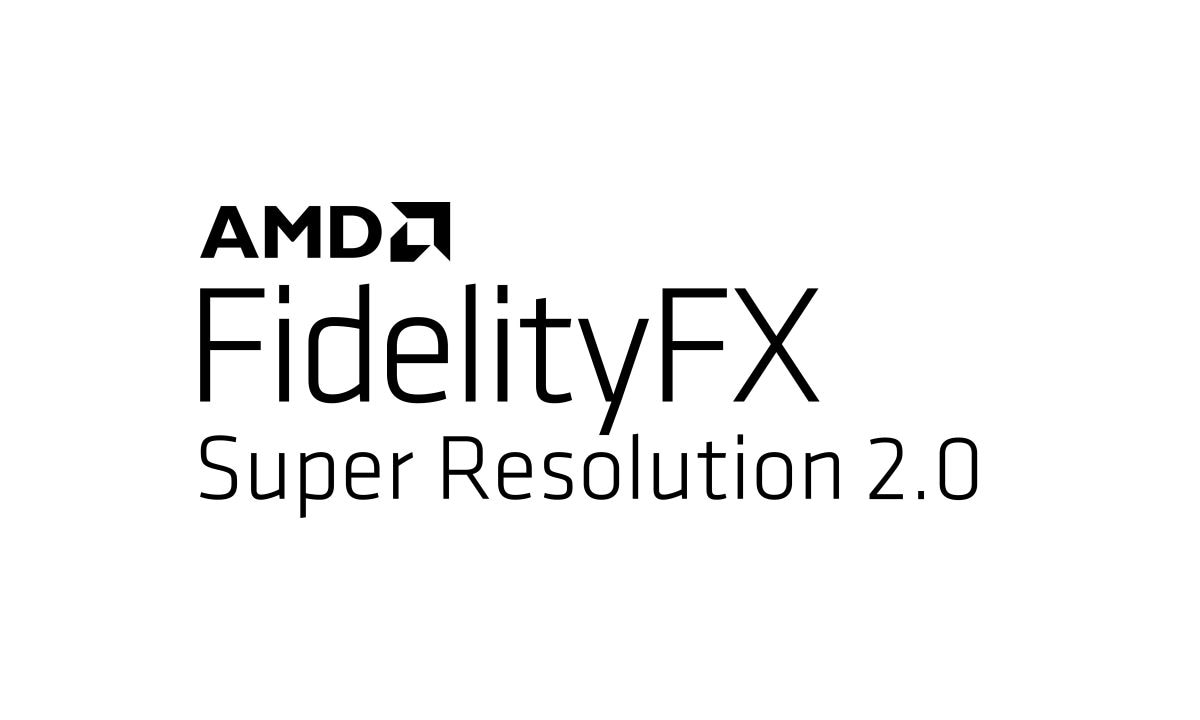Reactive mask
In the context of FSR2, the term "reactivity" means how much influence the samples rendered for the current frame have over the production of the final upscaled image. Typically, samples rendered for the current frame contribute a relatively modest amount to the result computed by FSR2; however, there are exceptions. To produce the best results for fast moving, alpha-blended objects, FSR2 requires the Reproject & accumulate stage to become more reactive for such pixels. As there is no good way to determine from either color, depth or motion vectors which pixels have been rendered using alpha blending, FSR2 performs best when applications explicity mark such areas.
Therefore, it is strongly encouraged that applications provide a reactive mask to FSR2. The reactive mask guides FSR2 on where it should reduce its reliance on historical information when compositing the current pixel, and instead allow the current frame's samples to contribute more to the final result. The reactive mask allows the application to provide a value from [0..1] where 0 indicates that the pixel is not at all reactive (and should use the default FSR2 composition strategy), and a value of 1 indicates the pixel should be fully reactive.
While there are other applications for the reactive mask, the primary application for the reactive mask is producing better results of upscaling images which include alpha-blended objects. A good proxy for reactiveness is actually the alpha value used when compositing an alpha-blended object into the scene, therefore, applications should write alpha to the reactive mask. It should be noted that it is unlikely that a reactive value of close to 1 will ever produce good results. Therefore, we recommend clamping the maximum reactive value to around 0.9.
If a Reactive mask is not provided to FSR2 (by setting the reactive field of FfxFsr2DispatchDescription to NULL) then an internally generated 1x1 texture with a cleared reactive value will be used.
Transparency & composition mask
In addition to the Reactive mask, FSR2 provides for the application to denote areas of other specialist rendering which should be accounted for during the upscaling process. Examples of such special rendering include areas of raytraced reflections or animated textures.
While the Reactive mask adjusts the accumulation balance, the Transparency & composition mask adjusts the pixel locks created by FSR2. A pixel with a value of 0 in the Transparency & composition mask does not perform any additional modification to the lock for that pixel. Conversely, a value of 1 denotes that the lock for that pixel should be completely removed.
If a Transparency & composition mask is not provided to FSR2 (by setting the transparencyAndComposition field of FfxFsr2DispatchDescription to NULL) then an internally generated 1x1 texture with a cleared transparency and composition value will be used.





